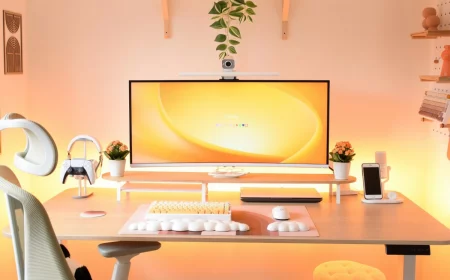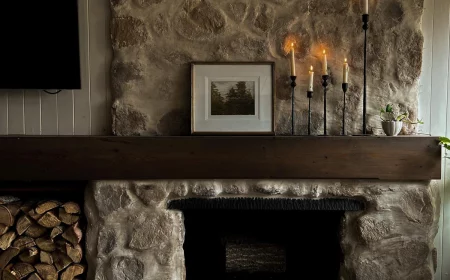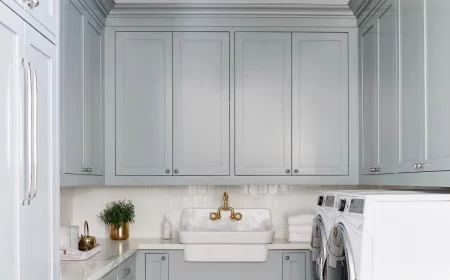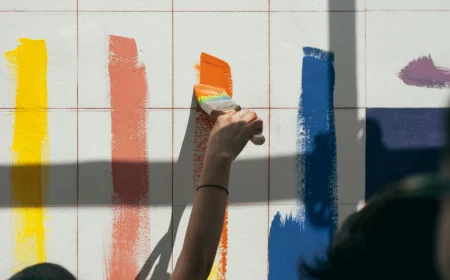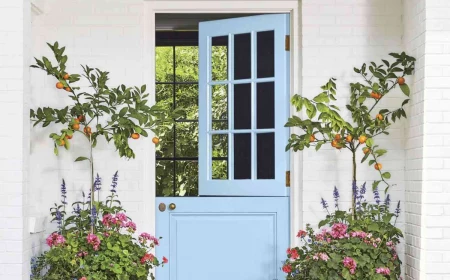Your Home Feels ‘Off,’ Doesn’t It? Here Are the Real Reasons Why.
You know, after spending years walking through countless homes—from sprawling estates to tiny city condos—I’ve noticed something that might surprise you. The homes that really stick with me, the ones that feel genuinely special, are almost never the ones with the biggest price tags. They’re the ones that feel thoughtful.
In this article
It’s a lesson I learned a long time ago: a beautifully polished home has very little to do with how much the furniture costs. It’s all about getting the basics right—things like scale, light, and texture. It’s about making deliberate choices that actually say something about you.
So many homeowners I chat with feel stuck. You buy nice things, maybe you even try to follow a trend you saw online, but the final result just feels… unfinished. It’s a super common problem, and trust me, it’s not because you have bad taste. It’s usually because of a few sneaky pitfalls that trip almost everyone up. My goal here is to pull back the curtain on the stuff we pros think about automatically, so you can finally make your space feel cohesive, personal, and amazing.
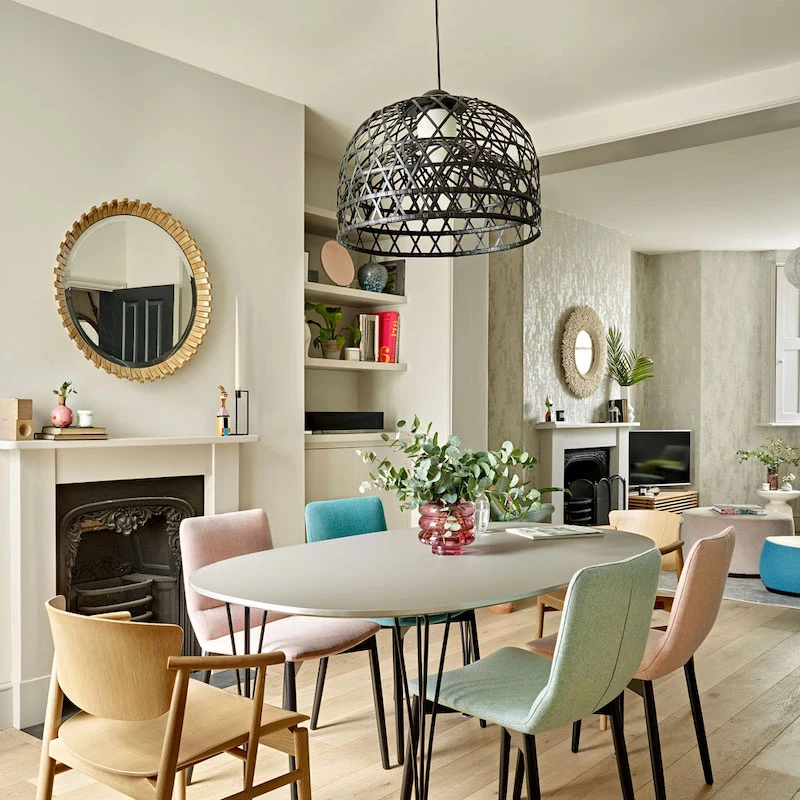
The Foundation: Getting Space and Scale Right
Before we even whisper the word “color,” we have to talk about space. Seriously. Most design issues I see come from a simple misunderstanding of how things fit in a room. Nail this, and everything else gets a whole lot easier.
That Rug Isn’t Grounding Your Room, It’s Strangling It
Okay, let’s talk about one of the most common mistakes I see: the “postage stamp” rug. You know the one. It’s a lonely little rug floating in the middle of a big room, with all the furniture backed up against the walls, looking terrified to touch it. It doesn’t just look awkward; it visually shrinks your entire room.
A rug’s job is to be an anchor. It’s meant to pull your furniture together and create a defined zone, like for a conversation area. When it’s too small, your brain sees that tiny rectangle as the entire functional space, making the room feel cramped. A properly sized rug does the opposite—it makes the area feel generous and intentional.
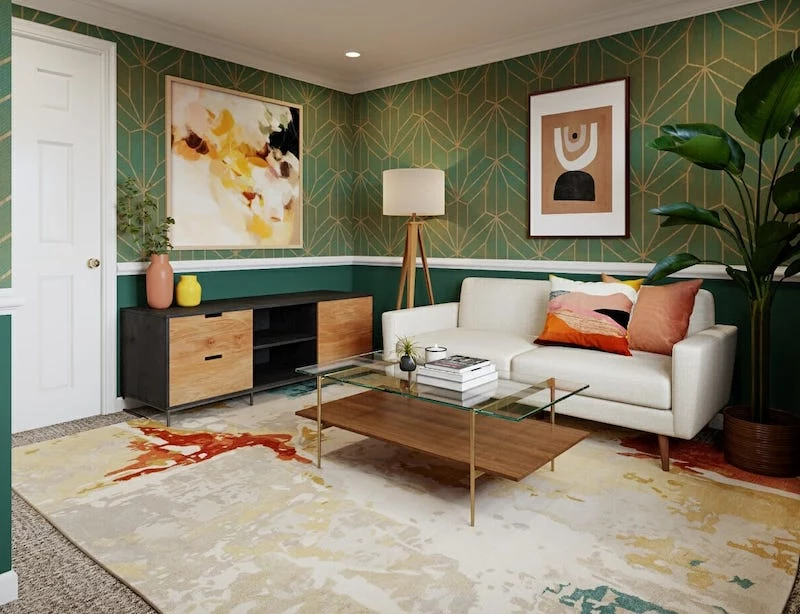
The Pro Technique: We have a simple rule: at least the front legs of your sofa and any chairs should be sitting comfortably on the rug. This is the bare minimum! In a perfect world, all your furniture in that grouping would sit completely on the rug, leaving about 18 inches of bare floor around the perimeter to frame it all.
- Quick Cheat Sheet: For a standard living room, say around 12’x15′, don’t even look at anything smaller than an 8’x10′ rug. If your room is larger, like 15’x20′, you’ll probably need a 9’x12′ to make it work. A great trick is to use painter’s tape to mark out the dimensions on your floor before you buy. It’s a five-minute task that can save you hundreds of dollars and a lot of frustration.
- For the Dining Room: The rule here is non-negotiable. The rug has to be big enough so that when you pull the chairs out to sit down, all four legs stay on the rug. If the back legs catch on the edge, it’s not just annoying—it’s a dead giveaway the rug is too small.
By the way, what if you have a beautiful, sentimental rug that’s just too small? I had a client with this exact problem. The solution was to layer! We bought a large, affordable 9’x12′ natural fiber rug (you can find great jute or sisal ones online at places like Rugs USA or even Overstock for $200-$400) to properly anchor the room. Then, we layered her smaller, precious rug right on top. It looked fantastic. Oh, and ALWAYS use a quality rug pad. It stops slipping, adds a cushy feel, and will make your rug last so much longer.
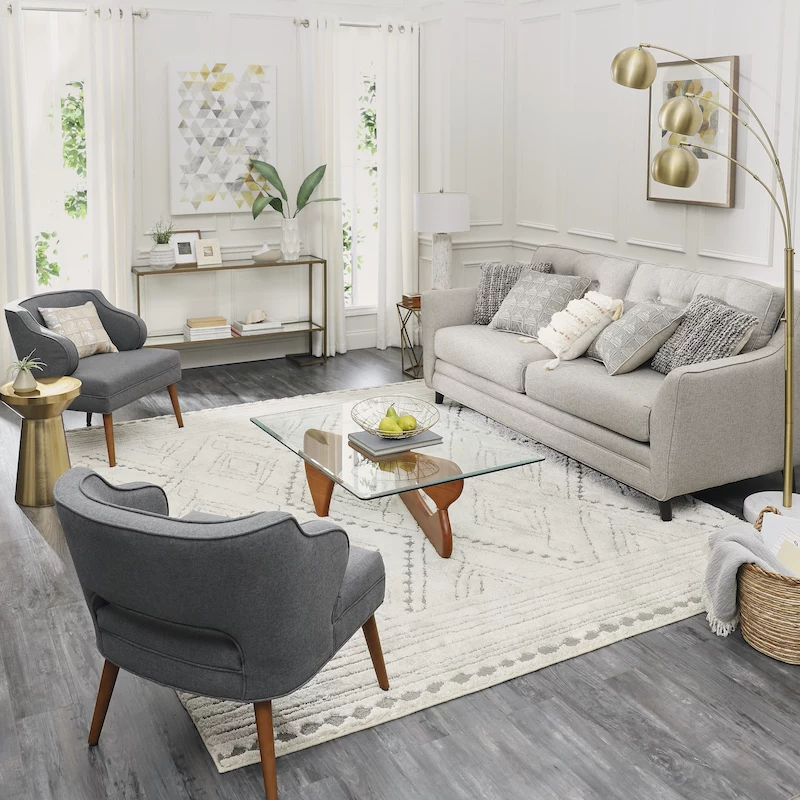
Window Drapes: The ‘High and Wide’ Secret
Nothing screams “I gave up” like curtains that are too short and hung on a rod that’s barely wider than the window itself. We sometimes call them “flood pants,” and they just make a room look cheap and stunted. The right drapery, hung correctly, is a game-changer. It can make your room feel taller, brighter, and infinitely more elegant.
The Pro Technique: Just remember two words: High and Wide.
- High: Mount that curtain rod at least 4 to 6 inches above the window frame. Got high ceilings? Go even higher—about halfway between the top of the frame and the ceiling. This simple move draws the eye upward, creating an illusion of height.
- Wide: Extend the rod 6 to 12 inches beyond the window frame on each side. Why? So when you open the curtains, the panels can be pulled completely clear of the glass, letting in maximum light and making the window appear way bigger than it is.
Quick Win: Pause and go look at your windows. Now, measure from the floor to about 6 inches above your window frame. That’s your ideal curtain length. Does your current setup measure up? Standard store-bought panels often come in 84″, 96″, or 108″ lengths. You can find great, long options at IKEA, West Elm, and even Target’s website if you dig a little. It’s always better to buy them a little too long and pay a local tailor $20 to hem them. It’s one of the best investments for a high-end look.

Good to know: When you’re shopping, look for words like “lined” or “blackout” in the product description—that’s a sign of quality. And as for fabric, you can’t go wrong with materials that have some heft, like linen, cotton canvas, or velvet blends. They just hang so much more beautifully.
Lighting and Texture: The Unsung Heroes
Once your scale is sorted, the next step is creating mood. A room with just one overhead light and a single dominant texture will always feel a bit sterile and flat. The magic is in the layers.
It’s Time to Break Up with Your ‘Boob Light’
You know what I’m talking about. That standard, builder-grade flush-mount ceiling light that provides all the charm of a hospital waiting room. Bad lighting is a crime against good design. It makes beautiful paint look dull and expensive furniture look cheap.
A well-lit room feels warm and functional because it has layers. Here’s a simple recipe to follow:
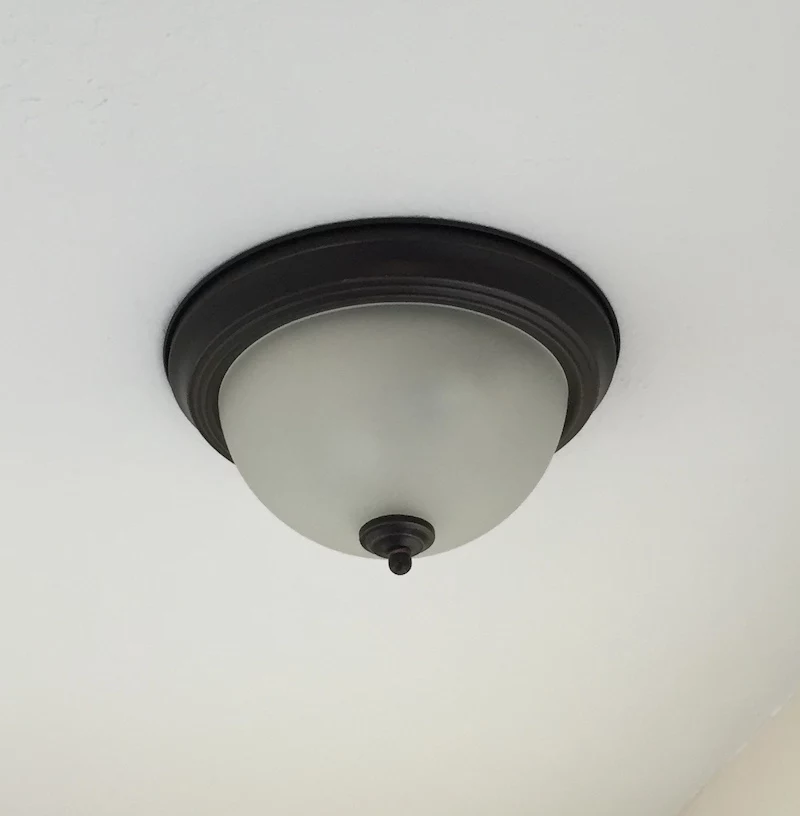
- Ambient Light: This is your overall glow. It’s the replacement for that sad ceiling fixture—think a beautiful semi-flush mount, a pendant, or recessed lighting.
- Task Light: This is targeted light for doing stuff. A reading lamp by your favorite chair, under-cabinet lights in the kitchen, or a stylish lamp on your desk all count.
- Accent Light: This is the mood lighting! It’s a small lamp on a console table creating a warm pool of light, or a picture light highlighting your favorite art.
Aim for at least three sources of light in a living room. And put them on dimmers! It’s a pro secret that gives you total control over the vibe. One more tip: check the light bulbs. For a cozy feel in living spaces, look for a color temperature of 2700K to 3000K. This gives you a warm glow, not a sterile blue-white light.
Heads up! While changing a fixture is a huge upgrade (you can find a gorgeous one for $150-$400), it involves electricity. If you aren’t 100% confident, please hire an electrician. It’s a small price for peace of mind.

Let’s Talk About That Popcorn Ceiling
Nothing dates a home faster. That bumpy texture was a cheap way for builders to hide flaws, but today it just collects dust and casts weird shadows, visually lowering the ceiling.
CRITICAL SAFETY WARNING: If your home was built before the mid-1980s, that popcorn texture might contain asbestos. This is a serious health hazard. Before you do anything, you must get it tested. You can find home test kits or local certified labs online; check the EPA’s website for guidance on finding one. An analysis usually costs between $50 and $150, and it’s the most important money you’ll spend on this project.
If the test comes back positive for asbestos, do not touch it. Hire a licensed abatement contractor. If it’s negative, it’s a messy but doable DIY. You’ll need a simple toolkit: a pump sprayer, a 6-inch scraper, lots of plastic sheeting to protect everything, and good safety glasses. You basically wet, scrape, sand, prime, and paint. It’s a ton of work, but the result is incredible.

A less messy alternative: If scraping isn’t an option, you can cover it. Pros will often install a new, ultra-thin layer of drywall right over the top. It’s faster, contains the mess, and gives you a perfect finish.
The Final Touch: Making It Genuinely Yours
A home should tell your story, not look like a furniture catalog page. When every single piece comes from the same big-box store collection, a room has no soul. The goal is to curate a space that reflects you.
Please, Break Up Your Matching Furniture Set
It’s so tempting, I know. You walk into a showroom and buy the 5-piece bedroom set. It’s easy! But it’s also the fastest way to a home with zero personality. Those sets are designed to be generic, which means they don’t really say anything at all.
A room with character is built over time. The key to mixing furniture successfully is to find a common thread to tie everything together. You don’t want chaos; you want harmony. Try connecting pieces through:
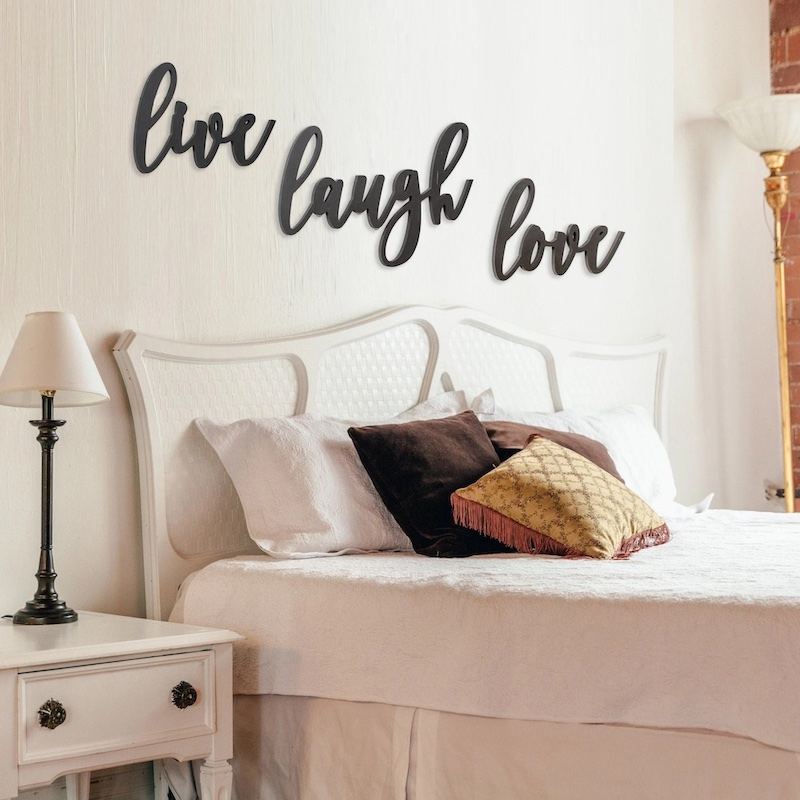
- A Consistent Color Palette: A modern sofa can totally work with a traditional armchair if they exist in a cohesive color story.
- A Shared Material: You could mix different styles but keep all the wood tones in the same family, like warm walnut or light oak.
- A Similar Shape: Maybe all your pieces have clean, straight lines, or maybe they share a curvy silhouette.
I once worked with a client who felt trapped by a matching cherry wood bedroom set she’d owned forever. She couldn’t afford to replace everything, so we just broke up the set. We kept the bed and the main dresser, but we swapped her heavy, matching wood nightstands for two airy, white tables with slender gold legs. We also added an upholstered bench at the foot of the bed. By changing just two pieces, the whole room felt different. The beautiful wood bed now looked intentional and special, not like part of a generic package.
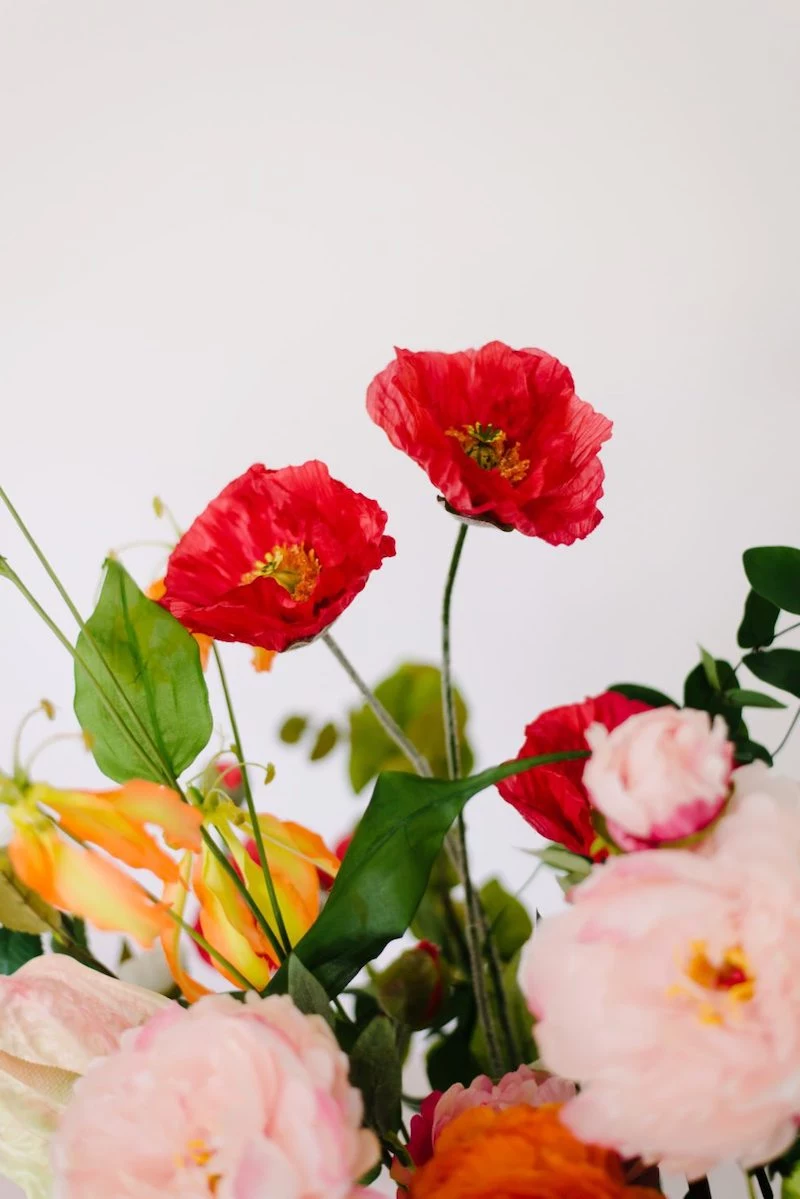
So here’s your first step. Don’t get overwhelmed. Just pick one small part of a matching set—like the end tables in your living room—and start looking for a replacement that shares a color with your sofa, but has a totally different material or texture. It’s a small change that makes a huge impact.
Inspirational Gallery
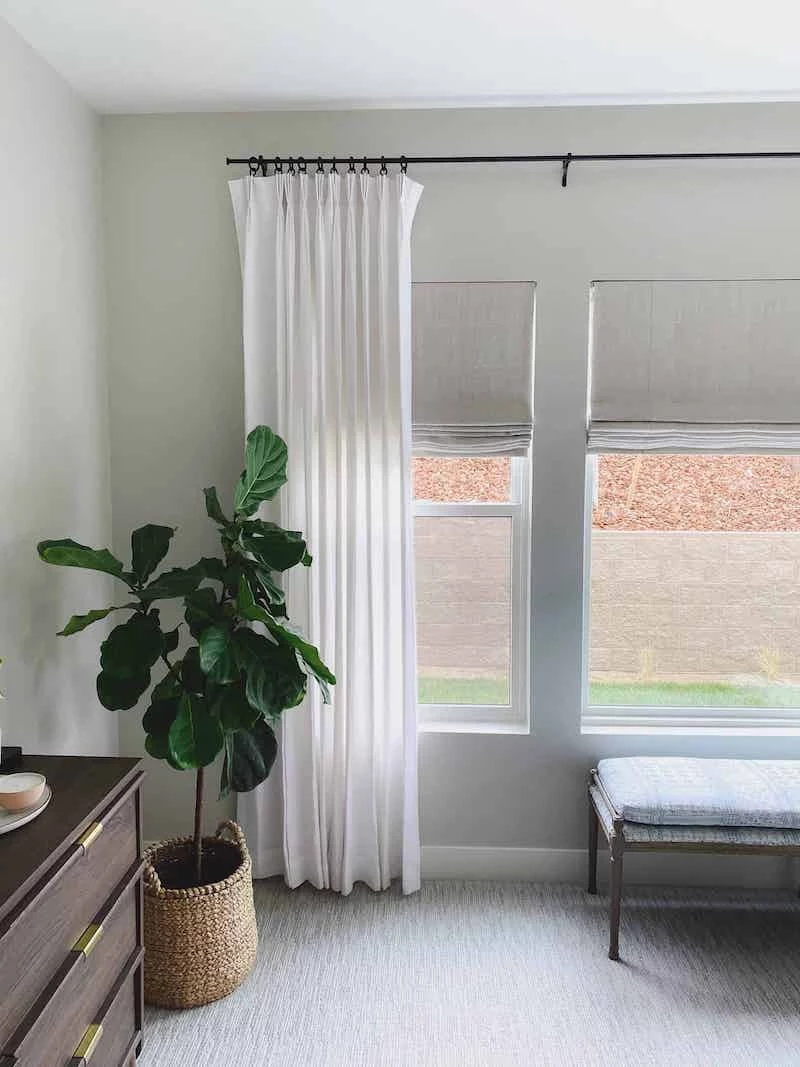

Why does my lighting feel so harsh or so dim, even with new bulbs?
You’re likely missing the ‘layering’ trick. A single overhead light flattens a room, creating a sterile, one-dimensional feel. Pros think in three layers: Ambient (the general light from recessed or ceiling fixtures), Task (focused light for activities, like an Anglepoise lamp for reading), and Accent (light that highlights art or architecture). By combining these—a soft floor lamp in a corner, a table lamp by the sofa, and your main light on a dimmer—you create depth, mood, and a truly inviting atmosphere.
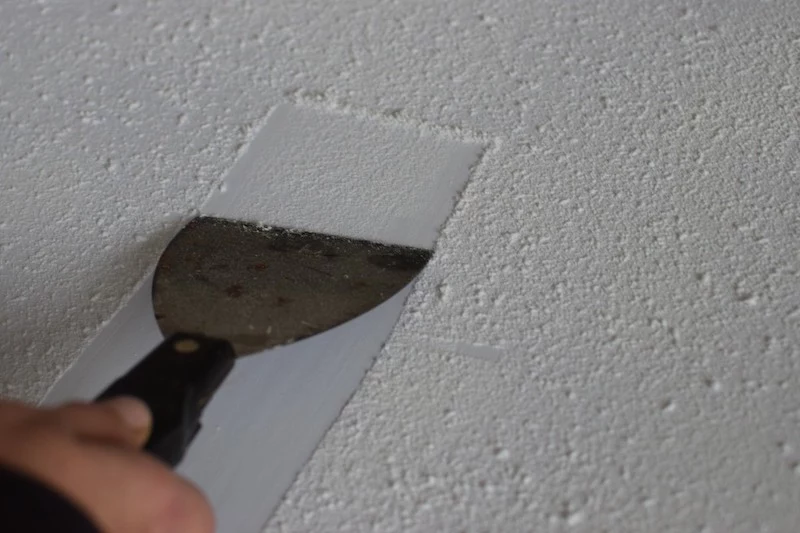
Hanging curtains high and wide can make a standard window feel twice as large and a room’s ceiling feel inches taller.
It’s one of the oldest tricks in the book because it works every time. Instead of mounting the curtain rod directly on the window frame, elevate it at least 4-6 inches above the trim. Then, extend the rod 6-10 inches wider than the frame on each side. This allows the panels to hang beside the window when open, maximizing natural light and creating an illusion of grandeur without any construction.
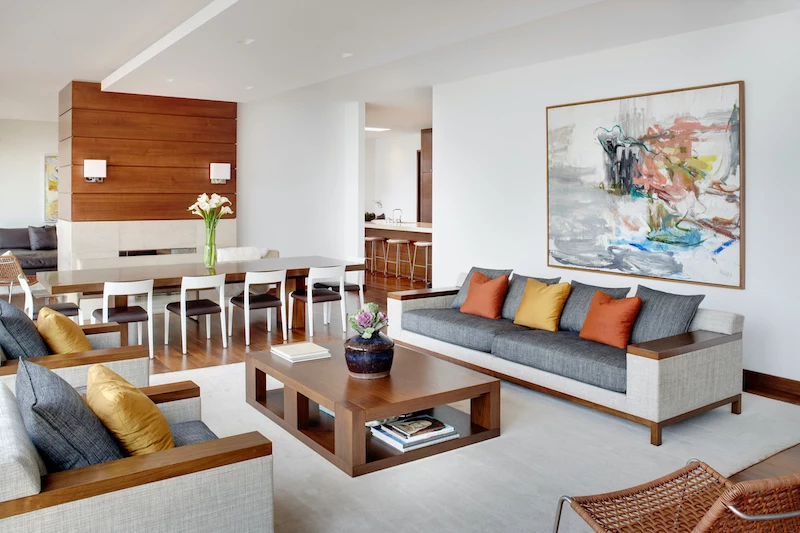
The Matching Set: A bedroom or living room suite where every piece—the sofa, loveseat, and armchair—is identical in fabric and style. It’s easy, but often feels staged and lacks personality.
The Curated Collection: Mixing textures and eras. Think a sleek leather sofa from Article, paired with a soft velvet armchair found on Wayfair, and a reclaimed wood coffee table. The result is a space that feels gathered over time, unique, and intentional.
- A chunky knit throw blanket draped over an armchair.
- Linen or raw silk cushion covers instead of plain cotton.
- A hand-knotted wool or jute rug to add warmth underfoot.
- A single bouclé pillow for a touch of on-trend softness.
The secret? Engaging the sense of touch. A room with varied textures feels richer, more complex, and infinitely more comfortable than one that is visually flat.

